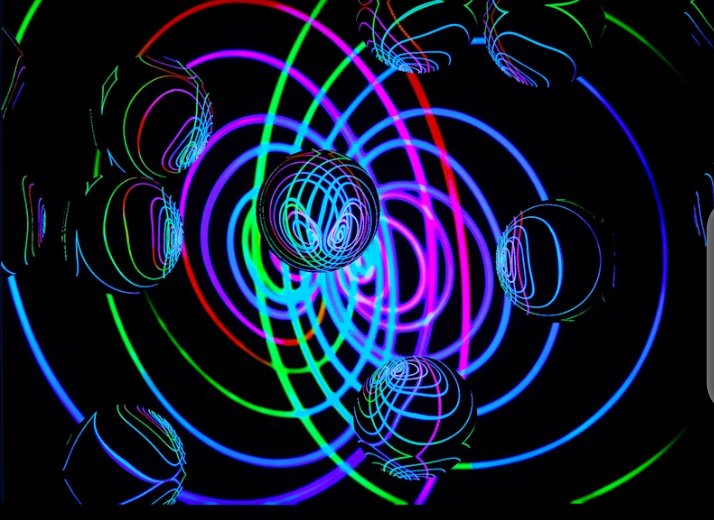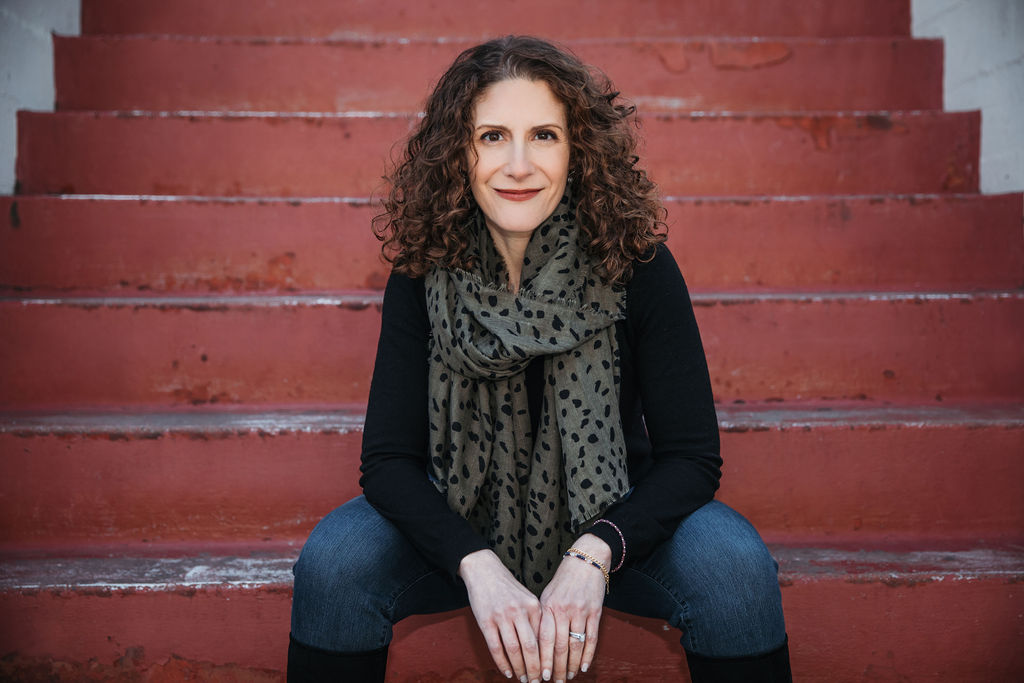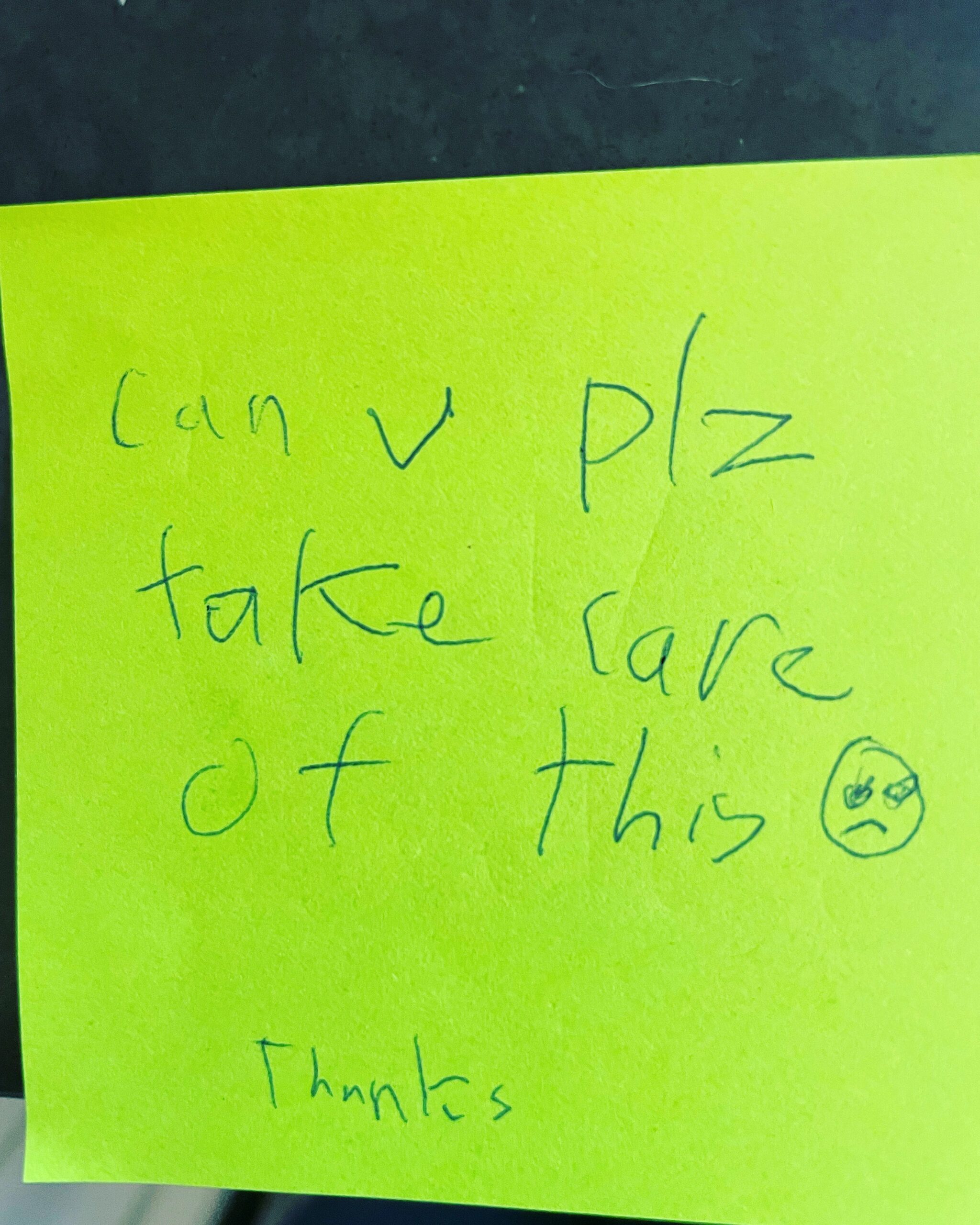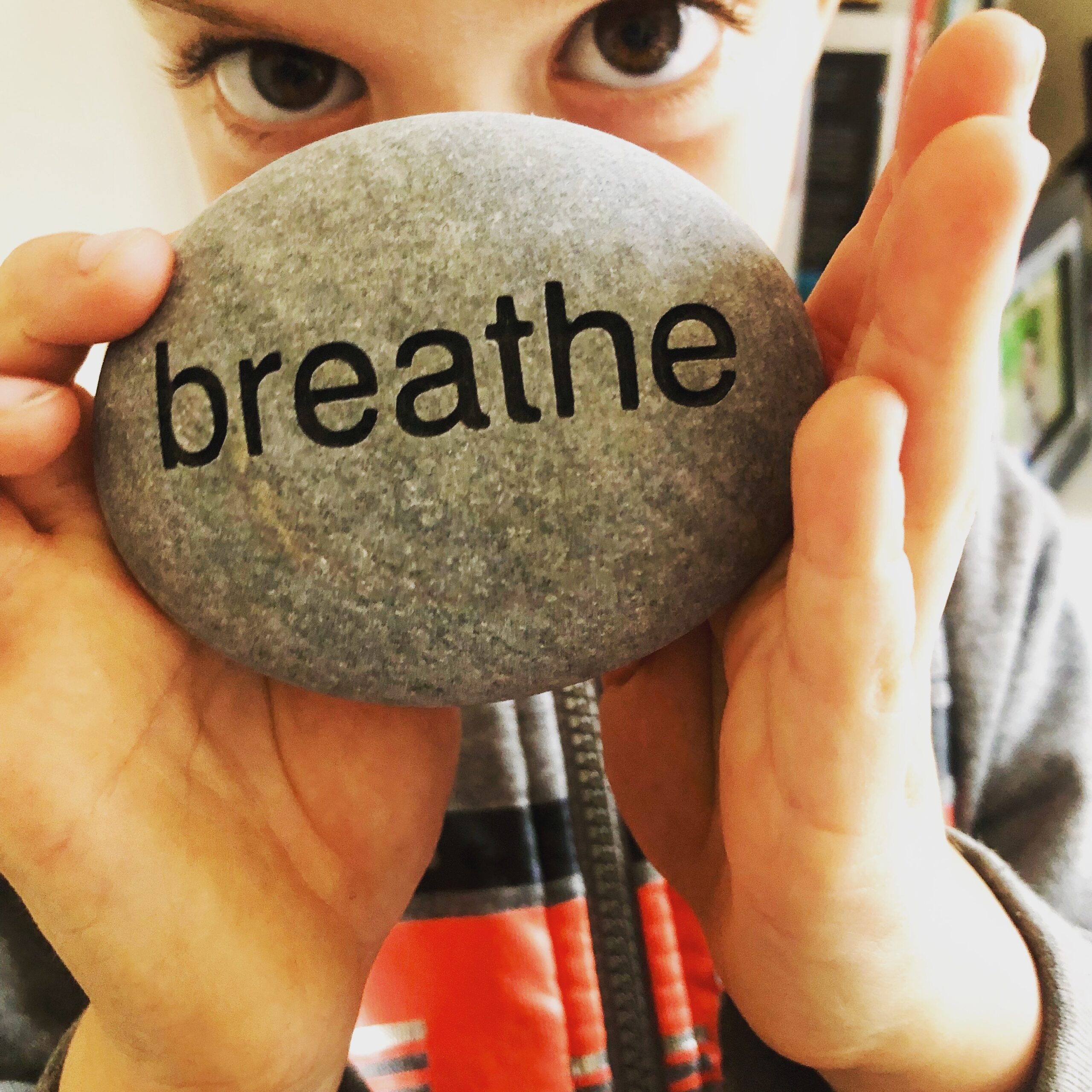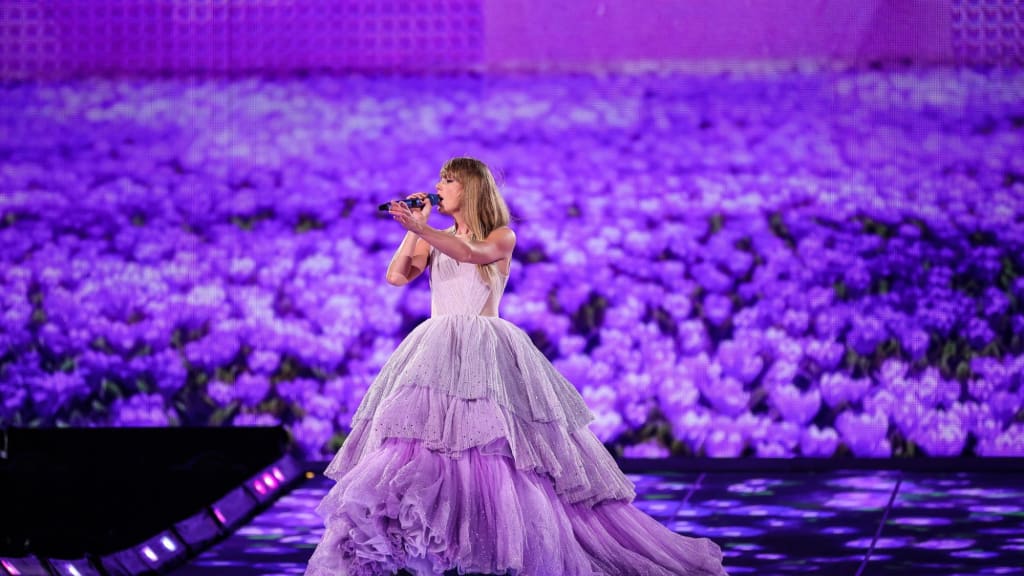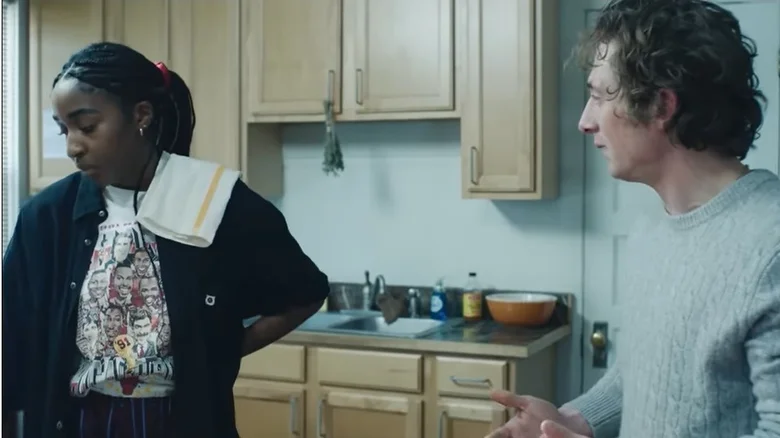Leaders, listen up: Have you ever heard the improv maxim, “Yes, and….?”
In my work researching, writing, and speaking to audiences about the power of empathy, a magnet has pulled me to one notion that gets in the way in almost every dysfunctional workplace or societal conversation.
Let me explain…
Our brains seem to defend us – yet often hold us back – due to cognitive dissonance.
From the article cited above:
The theory of cognitive dissonance proposes that people are averse to inconsistencies within their own minds. It offers one explanation for why people sometimes make an effort to adjust their thinking when their own thoughts, words, or behaviors seem to clash with each other.
Put simply, it is less distressing to us to hold one single view in our thinking. We want this one thing to be true OR this one other thing, but we refuse to believe they can possibly be both. We crave simplicity.
But life is not always that simple. Others see things differently based on their own experiences, worldviews, philosophies, and personalities.
Call it either/or thinking or binary thinking. Any way you slice it, this approach can lead to division, stress, mental health crises, families being ripped apart, and the destruction of our planet. Not to mention how it stifles creativity, innovation, and collaboration at work.
The either/or approach to leadership and relationships is broken. It got us into our current mess. It’s not working for us.
As leadership paradigms shift in the new era of work and as society demands more collaboration for its own survival, we are called to embrace dialectics.
To simplify, dialectics is understanding that we can hold two seemingly contradictory things to be true at the SAME TIME.
We can be empathetic and high-performing.
We can be compassionate and competitive.
We can be kind and ambitious.
We can be empathetic leaders and still make tough business decisions.
We can care about our people and still hold our personal boundaries.
We can be stewards of the environment and still reap financial rewards.
We can turn to alternative energy and reskill our people.
We can marry purpose with profit.
We can deliver great results and do right by our teams.
And when we extrapolate this out to our lives outside of work….
We can disagree and love each other.
We can care deeply and have to let go.
We can care about the collective and also prosper individually.
We can enjoy nice things and still be good to the environment.
We can be gentle but still get our point across.
We can guide behavior without abuse or shame.
We can both be right. Now, the question is, how will we move forward?
In our world and workplaces today, it no longer serves us to focus on either/or thinking. We must embrace BOTH/AND.
Think about all the innovations your organization is missing out on because your leaders are clinging to command and control leadership. Never leave the door open to new perspectives, insights, information, or possibilities.
We have the capacity to hold two things to be true at the same time. It just may take practice.
For your organization, and for our world, it’s time we embrace the power of BOTH/AND. Abundant, inclusive, both/and thinking will get us out of our current dysfunction. Are you ready to see what’s possible?!
Photo Credit: Fly D on Unsplash


